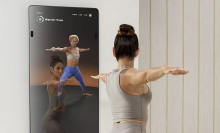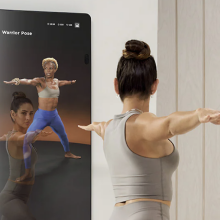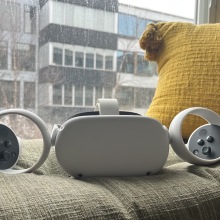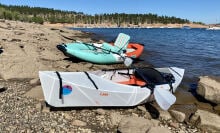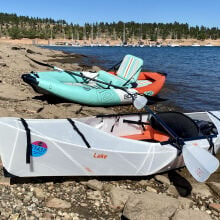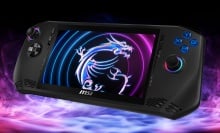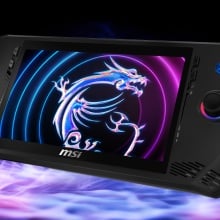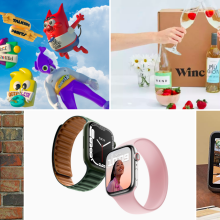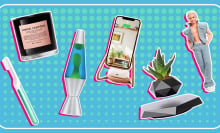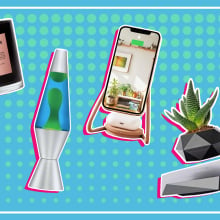The Steam Deck is no longer the only one of its kind on the market. Enter the Asus ROG Ally, the first true competitor to Valve's flagship handheld gaming PC.
Unlike the Deck, the Ally is a Windows-11-based handheld, which is already a big advantage over the former option, as it provides a layer of accessibility not found on the Steam Deck. The Deck is beholden to using Steam's proprietary client and storefront to run games (that is, unless you know how to work some Linux magic to get other apps working), while the Ally is compatible with all of your favorite launchers. That means the entirety of your library should be available to you, whether you've purchased your games on Epic, Xbox Game Pass, EA Origin, or someplace else (including Steam) — no fancy workarounds required.
Another aspect that the Ally holds over the Deck is overall processing power. The handheld is equipped with an AMD Ryzen Z1 Extreme processor and an AMD Radeon graphics card, which is a really impressive combo for a portable console, and renders it capable of running some relatively demanding games with smooth performance. It stayed pretty quiet and never overheated during play, either. While we did run into a few hiccups during testing, we were generally able to run more games on the Ally than we could on the Deck, especially when we adjusted each game's respective settings. Other features we loved about the ROG Ally were the gorgeous, Full HD LCD display and the lightweight construction of the device. The Ally feels much less heavy than the Steam Deck, which allowed us to play longer without our hands getting tired and cramping up.
This doesn't come without its caveats, though. That lightweight construction we spoke of is nice when it comes to length of play, but also comes with (for lack of a better term) a cheaper, more plasticky feeling handheld compared to the premium feel of the Steam Deck. (We also would've liked to see a little more effort put into the tabletop stand — it's very flimsy, and comes off as an afterthought.) And speaking of length of play, we simply cannot gloss over the inferior battery life of the Ally when compared to the Deck. We were only able to get about two hours and some change out of the Ally while in gaming mode, and just around three hours while in desktop mode. This really pales in comparison to the Steam Deck, which still doesn't have the best battery life, but clocked in at about four hours of gameplay for us, and up to eight in desktop mode. Luckily, it charges back up pretty quickly, and you can get yourself back into the game without having to take any long breaks. Honestly, like with the Steam Deck, we recommend playing with the console plugged in if you're able to.
Two other minor hangups we had when it came to the Ally included that lack of included carrying case — at $699.99, it should really come with one, especially when the Steam Deck's cheapest model ($399) ships with one at no extra cost — and the positioning of the handheld's back buttons, which felt just a tad too low. Your mileage may vary on that last point, though.
So, which one should you get? The Steam Deck, or the Asus ROG Ally? The answer is (and we promise this isn't a cop-out): It depends. Neither one is objectively better than the other, so we would advise you to pick one based on your top priorities. If accessibility, a larger gaming library, and more processing power matter the most to you, pick up the Ally. If you're looking for a handheld that feels more premium, takes a more streamlined approach to its OS, and is better for taking on the go thanks to the longer battery life and included carrying case, go for the Steam Deck. All in all, you can't go wrong, as both handheld gaming PCs are truly remarkable achievements in their own right.
Recommended games:




